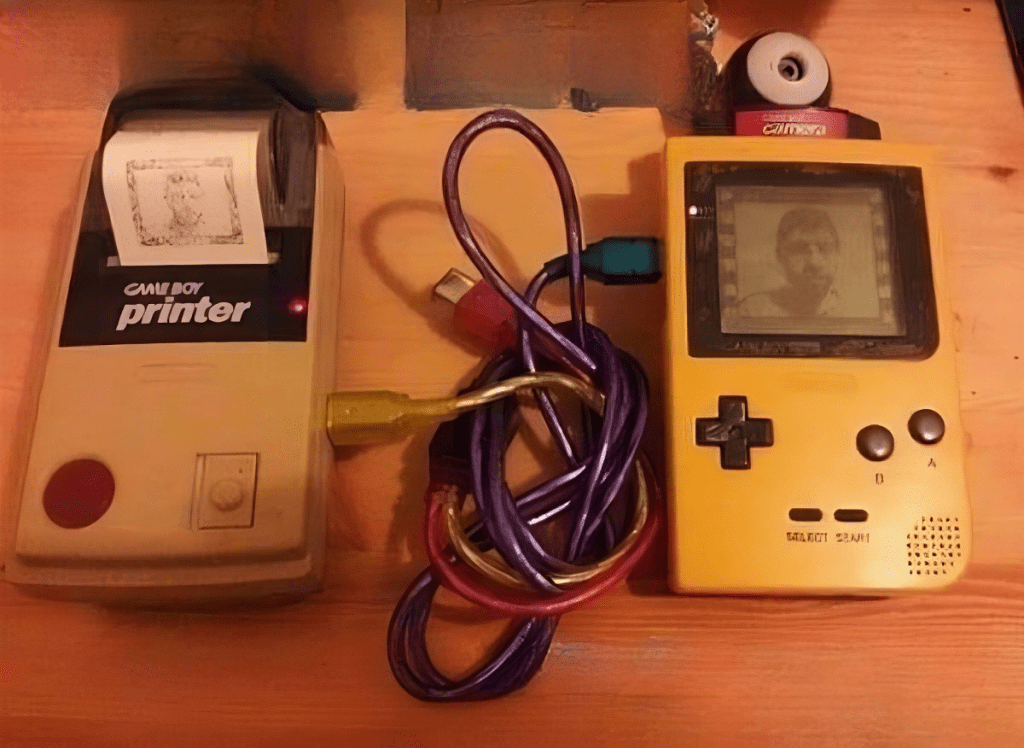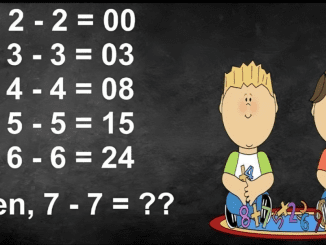The Nintendo Game Boy wasn’t just about games; it was a handheld gaming system that introduced unique accessories, allowing users to capture memories and create physical keepsakes long before smartphones and social media made it the norm. Among these iconic add-ons were the Game Boy Camera and the Game Boy Printer, two groundbreaking gadgets that brought pixelated photos and portable printing to fans in the late 1990s. Here’s a look back at these innovative accessories, how they worked, and the cultural impact they left behind.

The Nintendo Game Boy: A Handheld Gaming Revolution
First, let’s talk about the system that started it all. Released in Japan in April 1989 and later in North America in July, the Nintendo Game Boy was a game-changer. Priced at $89.99, it offered interchangeable cartridges, introducing players to a variety of games they could carry with them. Designed by the same team behind Nintendo’s Game & Watch consoles, the Game Boy was envisioned as a “handheld NES,” bringing the console experience on the go. Tetris, one of its launch titles, quickly became its best-selling game, capturing millions of players worldwide and cementing the Game Boy’s legacy.
The Game Boy’s success led to several upgrades, including the Game Boy Pocket and Game Boy Color, before the line was discontinued in 2003. By then, Nintendo had sold over 118 million units of the Game Boy and Game Boy Color combined, proving that handheld gaming had a powerful, dedicated fan base.
Introducing the Game Boy Camera: A Gadget Ahead of Its Time
Released in February 1998, the Game Boy Camera allowed users to snap photos using their Game Boy device—a remarkable concept for a portable console in the late ’90s. Shaped like a typical Game Boy cartridge, the Game Boy Camera featured a tiny camera that fit into the cartridge slot, instantly transforming the handheld into a rudimentary digital camera. The black-and-white, low-resolution images it produced were pixelated, but for many, this style became part of its charm.
One of the most innovative aspects of the Game Boy Camera was its 180-degree swivel design, allowing users to flip it forward or backward, essentially making it one of the first “selfie” cameras. This feature made it especially popular for capturing spontaneous moments with friends, years before the “selfie” became a cultural phenomenon.
The Game Boy Camera also came loaded with mini-games, many of which were inspired by Nintendo’s early arcade titles, like Space Fever and Ball. These mini-games gave users more reasons to engage with the device, making it more than just a camera—it was a source of portable entertainment.
Game Boy Printer: Bringing Photos to Life
To complement the Game Boy Camera, Nintendo released the Game Boy Printer, or the “Pocket Printer,” in 1998. The Game Boy Printer was a compact thermal printer designed to print photos taken on the Game Boy Camera. It could be connected to any Game Boy model, except the Game Boy Micro, through a link cable. This thermal printer didn’t use ink; instead, it used special rolls of thermal paper with an adhesive backing, creating instant sticker photos. Available in red, white, yellow, and blue, these thermal paper rolls added a creative touch to the pixelated prints.
In Japan, Nintendo even released a special yellow Pokémon-themed printer, catering to the immense popularity of the Pokémon franchise. The Game Boy Printer was discontinued in 2003, but it remains a nostalgic item for fans, especially those who remember peeling off and sticking the printed photos.

Creative Capabilities: Art Meets Technology
While the Game Boy Camera and Printer had limited capabilities compared to today’s tech, they opened up creative avenues for users. In Japan, a unique feature allowed Game Boy Camera users to connect the device to Mario Artist, a drawing program for the Nintendo 64DD (a Japan-only add-on for the Nintendo 64). This feature enabled users to incorporate their Game Boy Camera photos as custom character designs, adding an interactive and artistic dimension to the experience.
For many, using the Game Boy Camera was about more than taking photos—it was about creating a tangible memory. Players could take their pixelated photos, edit them with basic graphics, and then print them as keepsakes, expressing themselves in a way that wasn’t possible with traditional film cameras at the time.
Technical Challenges and Limitations
While nostalgic, the Game Boy Printer and Camera had their share of limitations. The camera’s resolution was incredibly low, even by the standards of the late ’90s, producing only grayscale, pixelated images. The thermal paper rolls used in the printer had a shelf-life issue, as prolonged storage led to chemical reactions between the paper and the adhesive backing, causing many unused rolls to degrade over time.
The thermal printing process itself was also limited. Since it relied on heat to transfer the image, the prints would fade over time or when exposed to high temperatures. Despite these issues, the Game Boy Camera and Printer became cherished items among collectors and fans of retro gaming tech, with their unique style and design still admired today.
Modern Revival: Game Boy Camera Filters and Social Media Appeal
The nostalgic charm of the Game Boy Camera hasn’t faded, even in today’s digital age. In fact, retro gaming enthusiasts and photographers have rekindled interest in its aesthetic. The pixelated, grayscale look of Game Boy Camera photos has become popular, especially among Instagram users looking for vintage effects. By searching “Game Boy Camera” on Instagram’s filter search, users can replicate the classic pixelated look, capturing that vintage feel that defined the late ’90s.
For the dedicated few, there are also third-party options to find replacement thermal paper rolls, though these are rare and often come with limited adhesive qualities due to age. Creative gamers have even hacked the Game Boy Camera to save images digitally, allowing them to upload and share the retro look online, blending modern technology with nostalgic charm.

The Cultural Legacy of the Game Boy Camera and Printer
The Game Boy Camera and Printer left a lasting mark on both gaming and photography culture. They encouraged creativity and interaction with technology in ways that weren’t common for handheld gaming devices at the time. By allowing users to take, print, and share photos, Nintendo turned the Game Boy into more than just a gaming device—it became a tool for expression.
Their influence remains today, as fans and collectors celebrate these quirky, groundbreaking accessories. Whether through creative hacks, Instagram filters, or digital preservation, the spirit of the Game Boy Camera and Printer lives on, reminding us of a time when capturing a memory was a bit more tactile and hands-on.
Conclusion: A Retro Tech Duo Worth Remembering
The Game Boy Camera and Printer may have been limited by today’s standards, but they provided a unique, nostalgic experience that bridged the worlds of gaming and photography. These accessories showed us that the Game Boy was more than just a gaming console; it was a creative tool that inspired users to look at technology differently. Decades later, the Game Boy Camera and Printer are fondly remembered as relics of a time when technology was as much about curiosity and experimentation as it was about entertainment. They’re a testament to Nintendo’s legacy of innovation and play, encouraging users to engage with technology in fun, unexpected ways.


